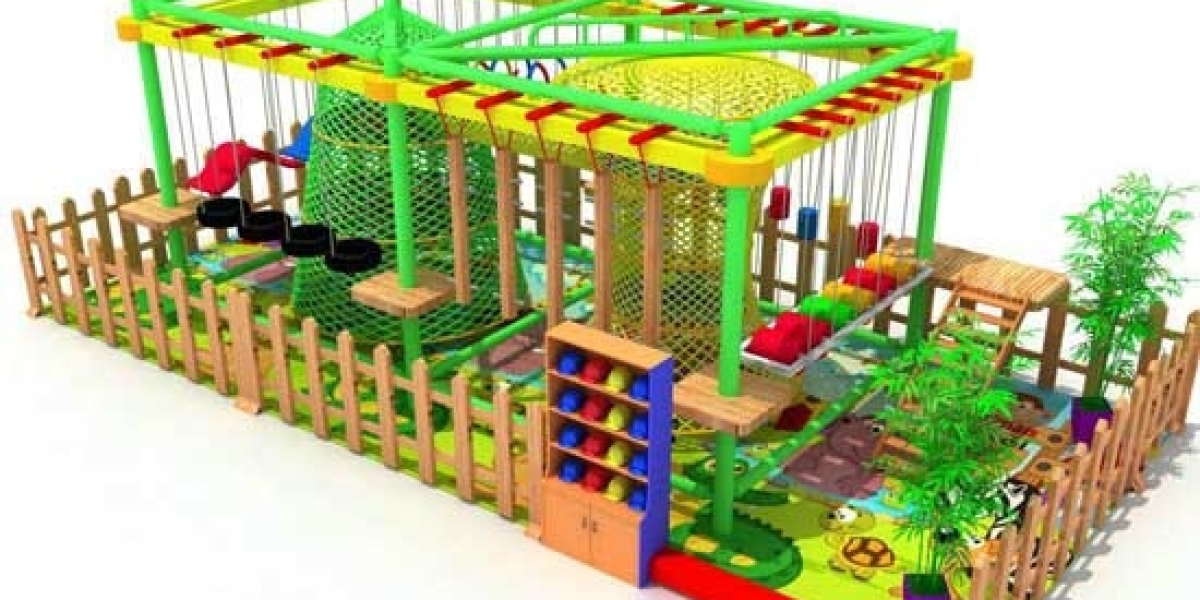Choosing the right designer sherwani can feel overwhelming. You want to look your best, whether it’s for a wedding or a special occasion. In the world of bridal fashion, you have two main options: custom and ready-to-wear. Both choices have their perks. But which one is right for you? Let’s explore the differences to help you make an informed decision.
Custom Sherwani
A custom sherwani offers a unique experience. First, you get to express your personality. You can choose fabrics, colors, and designs that resonate with your style. Designers often work closely with you to ensure every detail is perfect.
The Fit Factor
One significant advantage of custom sherwanis is the fit. A tailored piece hugs your body perfectly. You don’t have to worry about size issues. The right fit enhances your silhouette, giving you confidence.
Unique Designs
With custom options, you also get unique designs. Many designers offer exclusive patterns and embroidery that you won’t find elsewhere. This makes your outfit truly one-of-a-kind. Plus, you can incorporate traditional elements that honor your heritage.
Quality Materials
When you opt for a custom sherwani, you often receive high-quality materials. Many designers prioritize luxurious fabrics that feel comfortable against your skin. This ensures you not only look good but feel good too.
Ready-to-Wear Sherwani
On the other hand, ready-to-wear sherwanis come with their own set of advantages. They are perfect for those who want convenience. You can try them on in-store or order online.
Affordability
Ready-to-wear options are often more affordable. If you’re on a budget, this choice makes sense. You can find stylish pieces without breaking the bank. Plus, many designers offer ready-to-wear lines that reflect the latest trends in Pakistani bridal fashion.
Immediate Availability
Another perk is immediate availability. You don’t have to wait weeks or months for your outfit. You can shop today and wear it tomorrow. This is especially helpful for last-minute events or weddings.
Variety of Styles
Ready-to-wear collections usually feature a wide variety of styles. From traditional designs to modern twists, you’ll find something that suits your taste. Many designers focus on creating stunning outfits that align with current bridal fashion trends.
Making Your Choice
Now that you know the basics, it’s time to consider your needs. Here are some key factors to think about when choosing between a custom and ready-to-wear sherwani.
Occasion
What’s the occasion? If it’s a significant event, such as your wedding, a custom sherwani might be best. For less formal gatherings, a ready-to-wear option may suffice.
Budget
Next, consider your budget. Custom sherwanis can be pricey, but they offer unique designs. Ready-to-wear outfits are more affordable but may lack exclusivity. Determine what you’re willing to spend.
Timeline
Think about your timeline. If you have ample time before your event, a custom piece can be a great option. However, if your event is around the corner, ready-to-wear is the way to go.
Personal Style
Lastly, reflect on your personal style. Do you prefer a unique look that stands out? Or do you enjoy classic styles that are readily available? Understanding your style will help you make the right choice.
Cultural Significance of the Sherwani
The sherwani holds a special place in South Asian culture. It symbolizes elegance and tradition. Understanding its cultural significance can help you make a thoughtful choice.
Traditional Bridal Wear
In Pakistani bridal fashion, the sherwani often complements the bridal gown. Grooms usually wear a sherwani that matches the bride’s attire. This showcases unity and love, emphasizing the couple’s bond.
Embroidery and Craftsmanship
Many sherwanis feature intricate embroidery. These designs often reflect cultural stories and artistry. Custom pieces allow you to choose embroidery that resonates with your heritage. You can select traditional motifs or contemporary designs.
Style Tips: How to Choose the Right Sherwani
Choosing the right sherwani involves more than just picking a color. Here are some style tips to consider:
Color Palette
Think about your color palette. Neutral colors are classic, while bold shades can make a statement. If your bride wears vibrant colors, consider matching her outfit.
Fabric Selection
The fabric you choose affects comfort and style. For warmer climates, lightweight fabrics like cotton or linen are ideal. In cooler seasons, opt for richer materials like silk or brocade.
Length and Fit
Pay attention to the length and fit of the sherwani. A well-fitted sherwani enhances your appearance. Consider styles that are tailored for your body type, whether it's long or short.
Accessorizing Your Sherwani
Accessories can elevate your look. Here are some essential accessories to consider:
Footwear
Choose footwear that complements your sherwani. Traditional juttis or mojaris work well. They add a touch of elegance while keeping your look cohesive.
Turban or Pagdi
A turban or pagdi can enhance your traditional look. It adds sophistication and aligns with cultural customs. Select a style that matches your sherwani for a complete appearance.
Jewelry
Don’t forget about jewelry. A simple brooch or cufflinks can make a significant impact. Choose pieces that highlight your outfit without overwhelming it.
Maintenance and Care
Taking care of your sherwani ensures it stays in top condition. Here are some tips for maintenance:
Dry Cleaning
For custom pieces, always opt for professional dry cleaning. This helps preserve the delicate fabrics and intricate embroidery.
Storage
Store your sherwani properly to avoid damage. Use a breathable garment bag and hang it in a cool, dry place. This keeps the fabric fresh and ready for wear.
Pros and Cons of Custom vs. Ready-to-Wear Sherwanis
Understanding the advantages and disadvantages of each option can help clarify your choice. Here’s a breakdown:
Pros of Custom Sherwanis
- Personalization: You get to express your unique style.
- Perfect Fit: Tailored to your exact measurements.
- High-Quality Materials: Often made from luxurious fabrics.
- Unique Designs: One-of-a-kind pieces that stand out.
Cons of Custom Sherwanis
- Longer Wait Time: Requires time for design and fitting.
- Higher Cost: Typically more expensive than ready-to-wear options.
- Complex Process: Involves multiple fittings and consultations.
Pros of Ready-to-Wear Sherwanis
- Immediate Availability: Purchase and wear right away.
- Affordability: Generally more budget-friendly.
- Wide Variety: Access to many styles and trends.
Cons of Ready-to-Wear Sherwanis
- Fit Issues: May not be tailored to your body type.
- Less Unique: Other people may wear the same design.
- Limited Customization: Options for personal touch are often restricted.
Making the Final Decision
Now that you understand the pros and cons, how do you make your final decision? Here are some tips to guide you:
Reflect on Your Needs
Take a moment to reflect on your needs. Are you looking for something unique, or do you prefer convenience? Your priorities will help shape your decision.
Seek Input
Consult with family and friends. Their opinions can provide valuable insight. They may have experiences that help you make a more informed choice.
Trust Your Instincts
Ultimately, trust your instincts. Choose what feels right for you. Whether it’s a custom piece or a ready-to-wear option, go with what resonates with your style and comfort.
Final Thoughts
Choosing between a custom and a ready-to-wear traditional sherwani is a personal journey. Both options have their strengths. A custom sherwani allows for personalization and a perfect fit, while a ready-to-wear option offers convenience and affordability.As you prepare for your special occasion, consider your unique needs and preferences. The right sherwani will make you feel confident and stylish, whether it reflects traditional bridal wear or modern designer trends.









